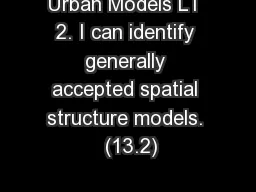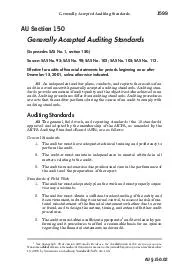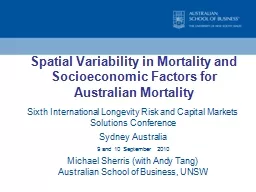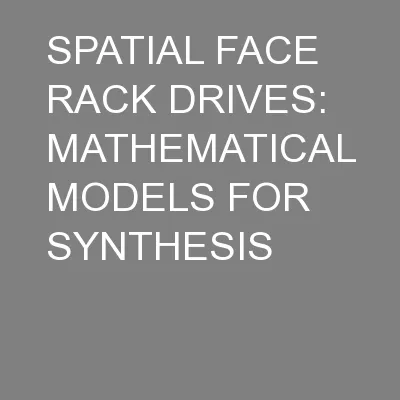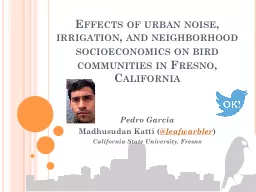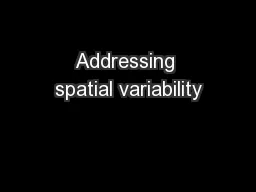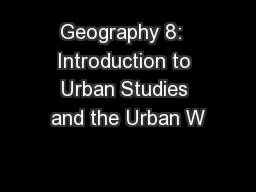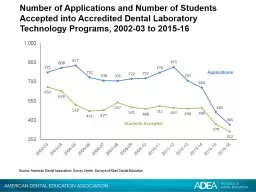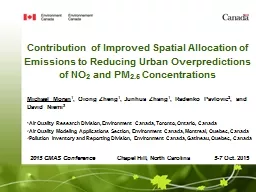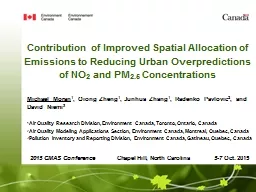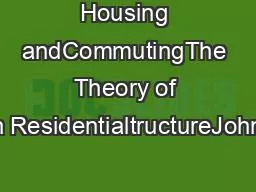PPT-Urban Models LT 2. I can identify generally accepted spatial structure models. (13.2)
Author : giovanna-bartolotta | Published Date : 2018-10-29
Learning Target Concentric Zone Model Developed by E W Burgess in 1925 Argues that urban land use is best represented by a series of concentric circles Created
Presentation Embed Code
Download Presentation
Download Presentation The PPT/PDF document "Urban Models LT 2. I can identify genera..." is the property of its rightful owner. Permission is granted to download and print the materials on this website for personal, non-commercial use only, and to display it on your personal computer provided you do not modify the materials and that you retain all copyright notices contained in the materials. By downloading content from our website, you accept the terms of this agreement.
Urban Models LT 2. I can identify generally accepted spatial structure models. (13.2): Transcript
Download Rules Of Document
"Urban Models LT 2. I can identify generally accepted spatial structure models. (13.2)"The content belongs to its owner. You may download and print it for personal use, without modification, and keep all copyright notices. By downloading, you agree to these terms.
Related Documents

